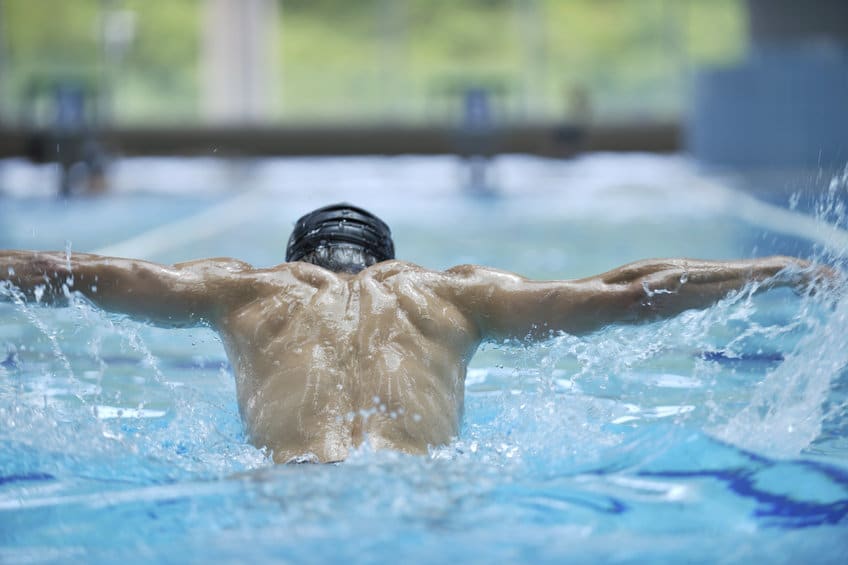By Sean Zucker –
There’s good reason America’s most successful and decorated Olympian of all time is a swimmer. And as Michael Phelps can likely attest, swimming is excellent exercise to pros and amateurs alike.
While there are various techniques and even venues to practice the skill, general swimming in any form is poised to boost gains. Healthline notes the water bound activity is a full body workout. Just a moderate amount of swimming increases heart rate without stressing the body, tones muscles, builds strength and increases endurance.
But its benefits go well beneath surface level, as it can help build various internal systems as well.
Swimming is a great resource for heart health, working the cardiovascular system and strengthening the lungs. Its benefits have even led various studies to investigate whether swimming might improve asthma and the results have been promising. Still not sure? Consider that Olympic swimmers Rebecca Adlington, Jo Jackson, Adrian Moorehouse and Karen Pickering were all asthmatic.
“It engages every fiber of muscle from your core to your extremities,” Morgan Mabe, a swim coach, told Men’s Journal. “The anaerobic aspect of the sport will instantly raise your heart rate as it stimulates hypertrophy—essentially, muscle growth.”
The Centers for Disease Control and Prevention (CDC) goes as far as to claim just two and a half hours per week of aerobic physical activity, such as swimming, can decrease the risk of chronic illnesses. This type of workout can also improve the health of people suffering from diabetes and heart disease. Most telling, the CDC emphasizes that swimmers have roughly half the risk of death compared to inactive people.
It also notes that swimming and other water-based exercises can help people with chronic diseases, especially forms of arthritis. Overall, it improves the use of affected joints without worsening the symptoms of arthritis. People suffering with rheumatoid arthritis, specifically, they should see more health improvements after participating in water-based movements than with other activities. The exercise can also improve the use of affected joints and decreases pain from osteoarthritis.
Of course, there are always concerns when it comes to intense exercisers doing too much, too soon. Luckily, Men’s Journal put together a short list of mistakes to avoid.
It advises first warming up and stretching on dry land before going into the water. This will help the body better acclimate to the movements. Once in the water, be sure to relax or muscles will tighten up and be more prone to injury. Then, of course, focus on form. No matter breaststroke, backstroke, butterfly or freestyle, the better the form the better the workout.
It also recommends maintaining a steady rotation of techniques and strokes. Just like working out on land, it’s important to introduce variation to the body to target multiple muscle groups as often as possible and each stroke represents its own isolated muscle group and unique benefits.
So put your back, err backstroke, into it. Your body might just thank you.













